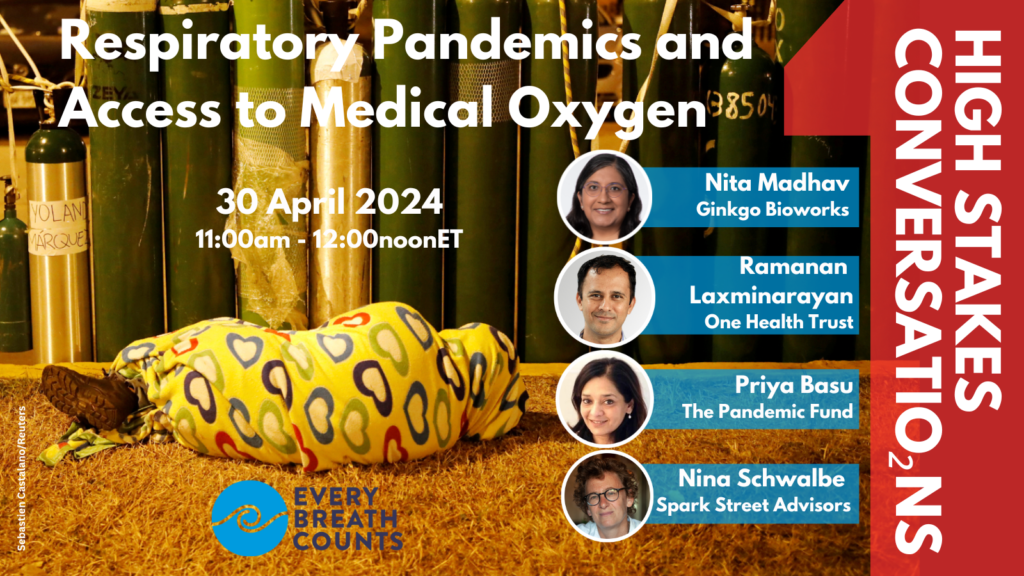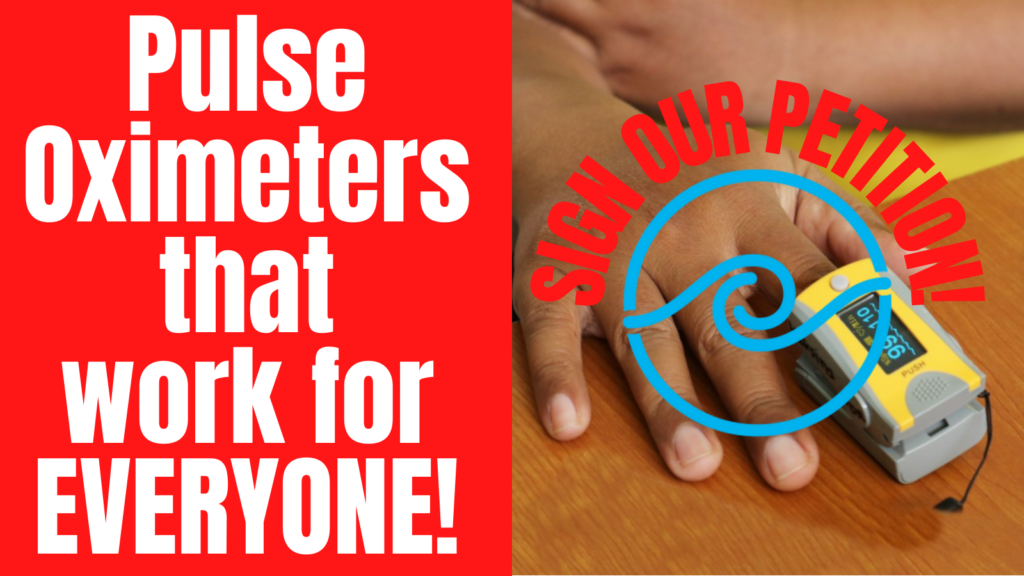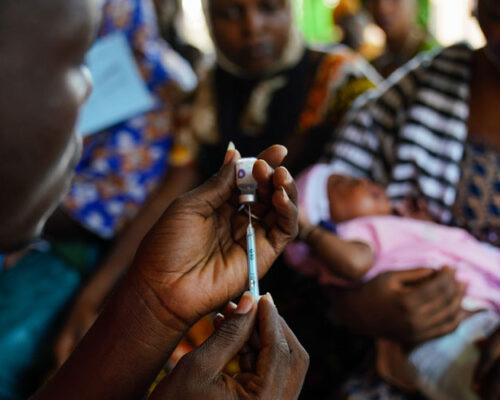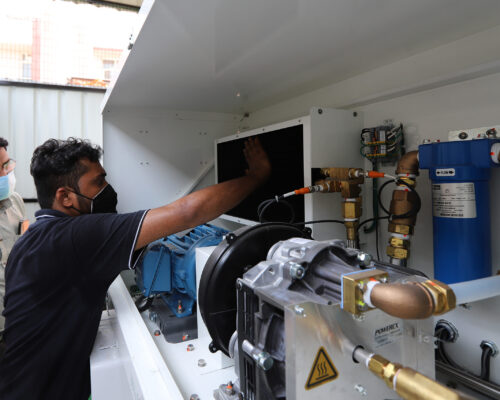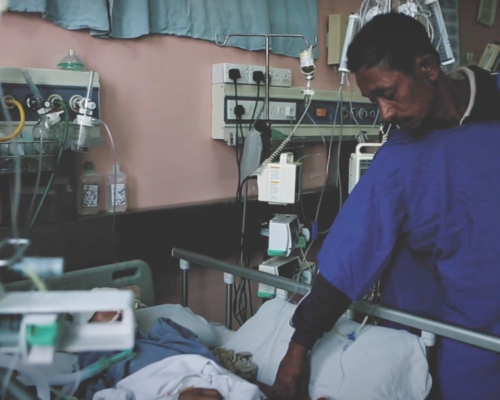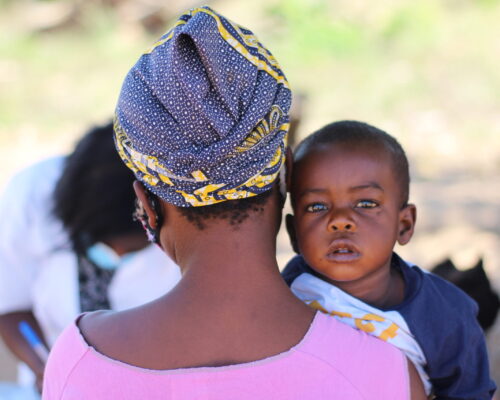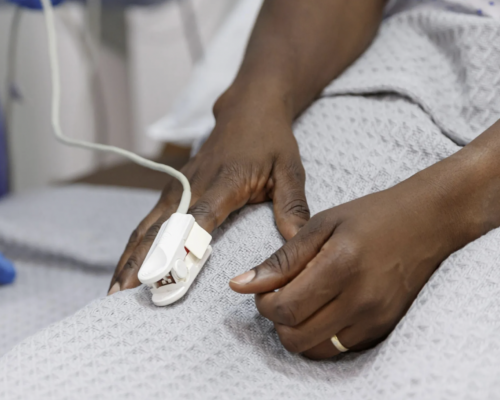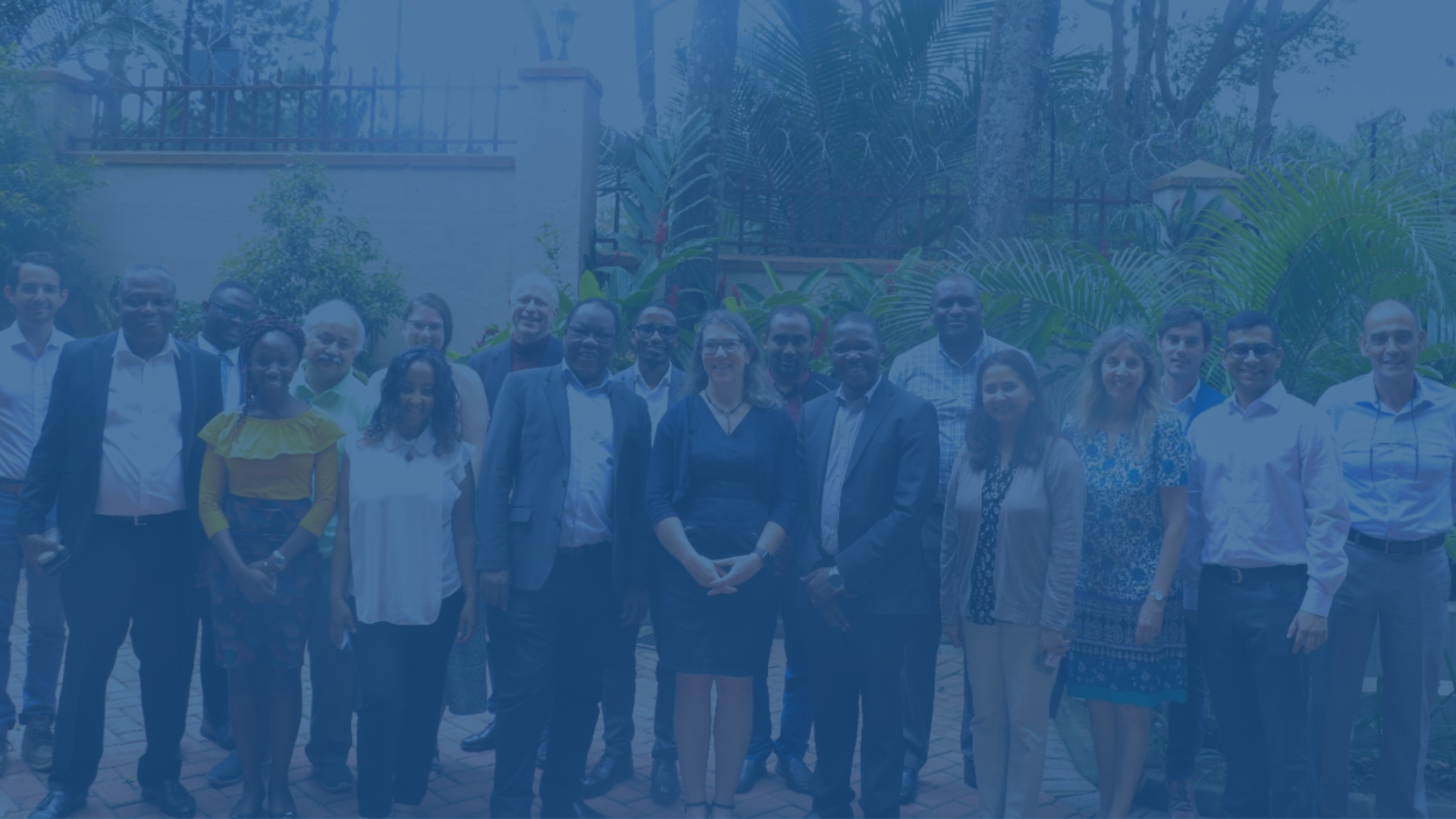
Lancet Global Health Oxygen Commission
In September 2022, the Lancet Global Health Oxygen Commission was announced to recommend ways to ensure that no patient dies for lack of access to medical oxygen
Learn more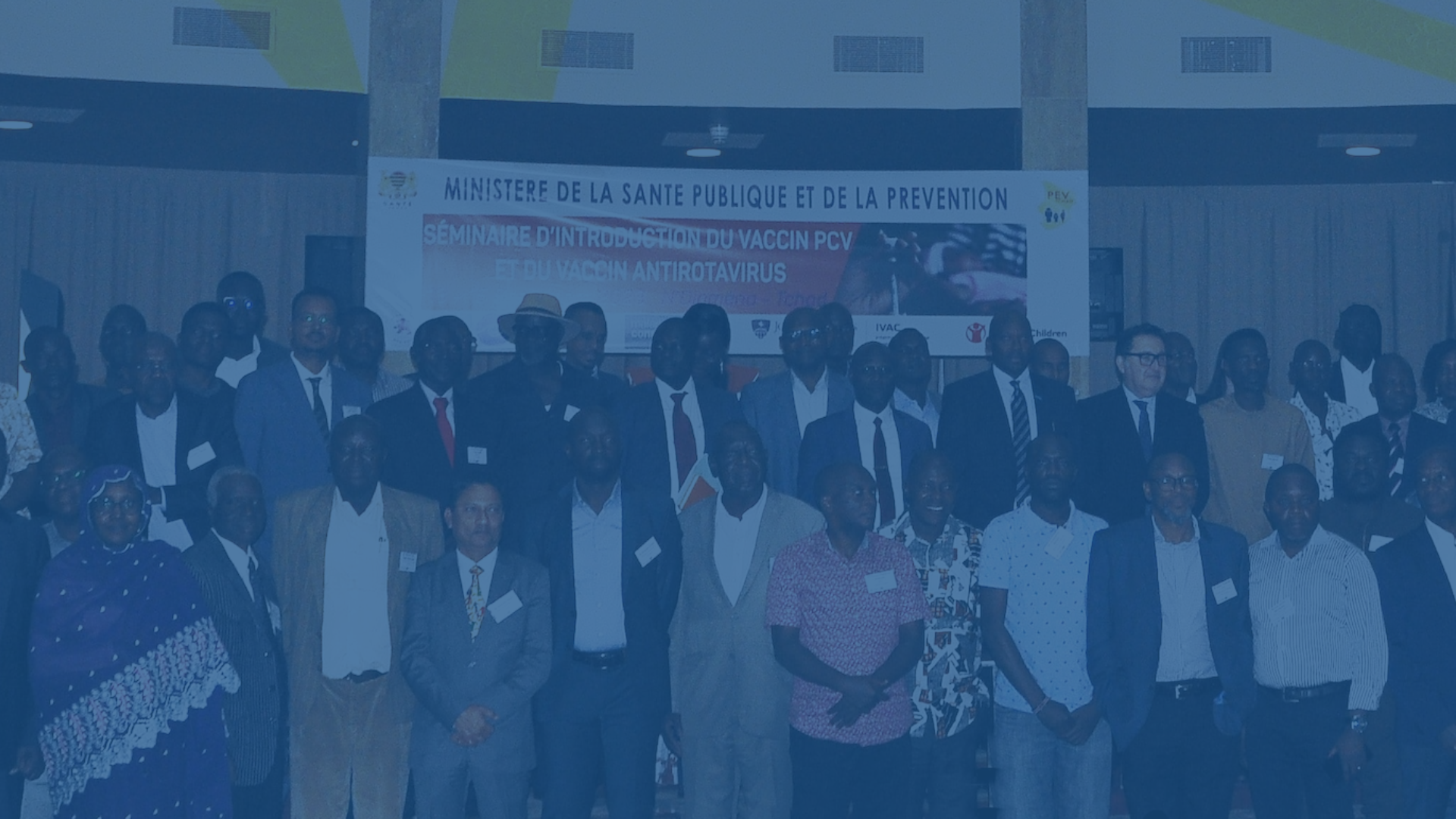
Introducing PCV and rotavirus vaccines
In September 2023, 80 stakeholders came together to accelerate introduction of pneumococcal and rotavirus vaccines in Chad, Guinea, South Sudan, and Somalia
Learn more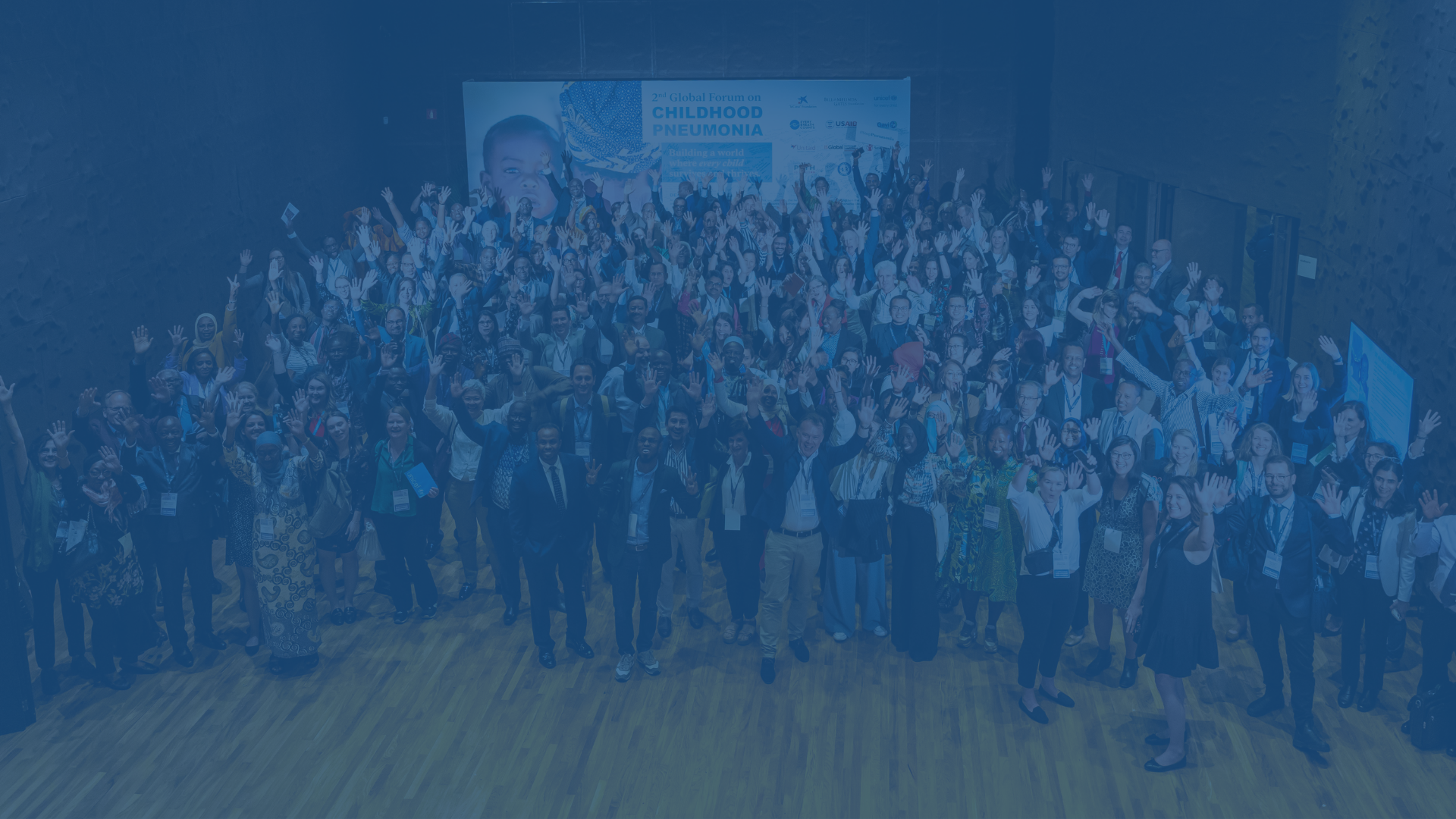
2nd Global Forum on Childhood Pneumonia
In April 2023, more than 300 stakeholders came together in Spain to commit to better ways to reduce child deaths from pneumonia
Learn moreEvery Breath Counts is a global coalition of over 100 organizations represented the United Nations, non-government agencies, donor foundations, companies, and academic institutions supporting countries to reduce pneumonia deaths from all causes, across all ages. Members work together to help countries close critical gaps in pneumonia prevention, diagnosis, and treatment to save lives now and prepare for the next respiratory pandemic. This will accelerate achievement of the health-related Sustainable Development Goals (SDGs) by 2030 and reduce the risk that another respiratory pandemic will trigger a tragic surge in pneumonia deaths, as COVID-19 did.
Respiratory infections are the world’s biggest infectious killer – claiming 2.2 million lives, including 502,000 children under five, in 2021, according to the latest Global Burden of Disease estimates. That’s 250 people dying every hour. Yet pneumonia remains a neglected disease and has been called a “global cause without champions.” This is one of the reasons the world was so blindsided by COVID-19 – a pandemic of respiratory infection. COVID-19 added 10 million excess deaths in 2021, bringing the total number of respiratory infection-related deaths to a massive 12.8 million in that year, according to new estimates from the Global Burden of Disease. No other infectious condition caused anywhere near this burden of death. Respiratory infection-related deaths even surpassed deaths from heart disease and stroke during the pandemic!
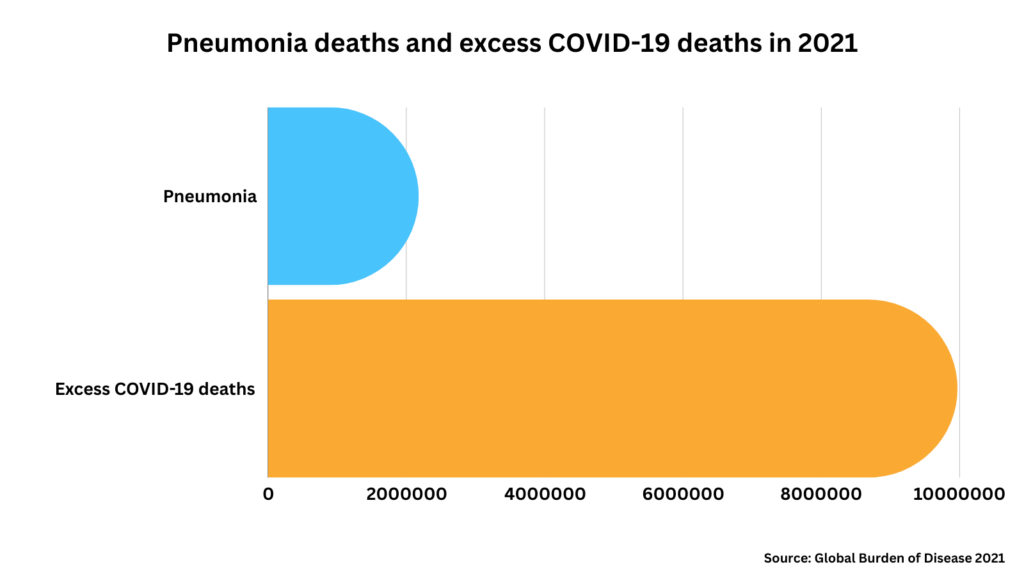
Unless we take action now to reduce pneumonia deaths and the risk of another respiratory pandemic killing more than 10 million people – which experts say is 66% likely in the next 25 years – millions more adults and children will die from pneumonia. It won’t be easy. The global threats of climate change and antimicrobial resistance are increasingly undermining our ability to reduce pneumonia infections and deaths. Climate change increases air pollution, the leading risk factor for pneumonia death, and antibiotic resistant pneumonias are one of the largest contributors to the estimated 1.3 million deaths attributable to antimicrobial resistance that occur each year.
Our cause could not be more urgent. Join us!
Join our High Stakes Conversations Series!
It’s not if, but when. Are we ready?
Did you miss the first High Stakes Conversations on the lifesaving role of medical oxygen and pulse oximetry?
Fear not! You can watch the conversation here.
Stay tuned for the second conversation on Medical Oxygen and the SDGs. Coming soon.
New from Every Breath Counts
🔥
Every Breath Counts calls on governments to pay close attention to the trial data showing two doses of pneumococcal conjugate vaccine (PCV) are as effective as three or more – with the potential to dramatically reduce the costs of PCV programs. More here
The HAPIN Trial publishes two important papers in the New England Journal of Medicine that question the connection between household air pollution’s impact on both childhood stunting and pneumonia. More here (stunting) and here (pneumonia)
Malaria Consortium and CHAI-led research using the Lives Saved Tool (LiST) estimated that full coverage (>90%) of pulse oximetry and medical oxygen, antibiotics, and vaccines could halve child pneumonia deaths in Ethiopia, Bangladesh, and Chad. More here
PATH announces a new partnership with the University of California San Francisco (UCSF)’s Open Oximetry Project which is working to improve access to pulse oximeters that are equally effective on all patients, regardless of their skin pigmentation. More here
International Vaccine Access Center (IVAC) publishes a study showing 39 countries yet to introduce pneumococcal conjugate vaccine (PCV) with conditions favorable for introduction in 27 of them. What are we waiting for? More here
Vulnerable people
It is children and adults exposed to specific factors that are at greatest risk of dying from pneumonia. While the biggest risks for children are malnutrition, air pollution, and low birth weight/preterm birth, adults are more likely to die from pneumonia when exposed to air pollution and smoking, and when they lack access to handwashing facilities. People with multiple illnesses and conditions are also especially vulnerable. Lack of access to vaccination and timely, accurate diagnosis and treatment adds to these risks. Reducing pneumonia means identifying the populations who face the greatest risks and ensuring they are protected first.
Weak healthcare
Decades of underinvestment in preventing, diagnosing, and treating pneumonia followed by a punishing pandemic has left many countries with health systems that do not have the right equipment, the trained health care workers, and the engineers and technicians to effectively diagnose and treat respiratory infections. At the same time, patients are left to pay for sub-standard care they cannot afford. Many countries across Africa, Asia, and Latin America that are struggling with heavy burdens of pneumonia deaths urgently need more effective strategies to reduce these deaths now, and to prepare for the next respiratory pandemic.
Rising threats
While pneumonia deaths are falling overall, driven by reductions among children, the pace is too slow to achieve the child survival Sustainable Development Goal by 2030. And pneumonia deaths are actually rising among adults, especially those aged over 50 years, driven by the triple threats of air pollution, smoking, and lack of access to handwashing. With climate change increasing the risks of death from infection, air pollution, and heat, with increasing urbanization and aging in many parts of the world, and another respiratory pandemic likely in the next decade, pneumonia is a rising threat that every government must be paying special attention to.
The Promise of Reduced Dose Pneumococcal Vaccination for Children
Pneumonia is the leading infectious cause of death in children under five and, as a result, the pneumococcal conjugate vaccine, or PCV, is one of the most lifesaving vaccines. However, just six in every ten children are protected with PCV well below the global target...
Leith Greenslade
17 March, 2024A2O2 Resource Library
The A2O2 Resource Library is a platform for all things oxygen - covering every aspect of the oxygen ecosystem from planning to equipment to patient care.
Leith Greenslade
10 May, 2023You paid WHAT?
For the more than 400 million adults and children who get sick with pneumonia each year, the costs of treatment can be catastrophic - as individuals and families are forced to pay out-of-pocket for healthcare. Every Breath Counts is launching a new campaign to document these crippling costs.
Leith Greenslade
09 December, 2022Antimicrobial resistance and pneumonia
How do we reduce inappropriate use of antibiotics for the treatment of pneumonia and close any remaining access gaps for pneumonia patients, especially children, who are missing out?
Leith Greenslade
18 November, 20222nd Global Forum on Childhood Pneumonia
The 2nd Global Forum on Childhood Pneumonia built on the momentum for action generated by the first Forum in 2020, enabling countries to rapidly reduce child pneumonia deaths and accelerate achievement of the child survival SDG.
Leith Greenslade
13 November, 2022Pulse oximeters that work for everyone
There is growing evidence that pulse oximeters do not work effectively on darker skin tones. This is unacceptable. Every Breath Counts has launched a petition to change this.
Leith Greenslade
10 October, 2022


